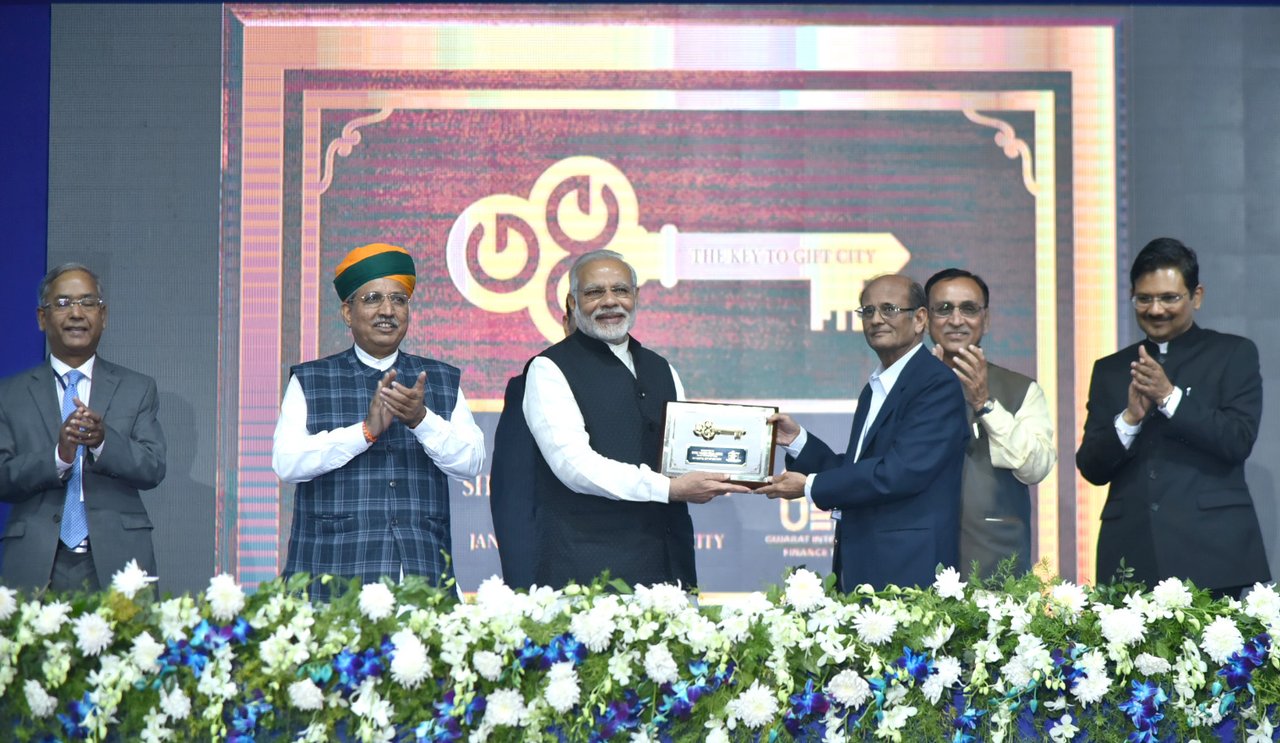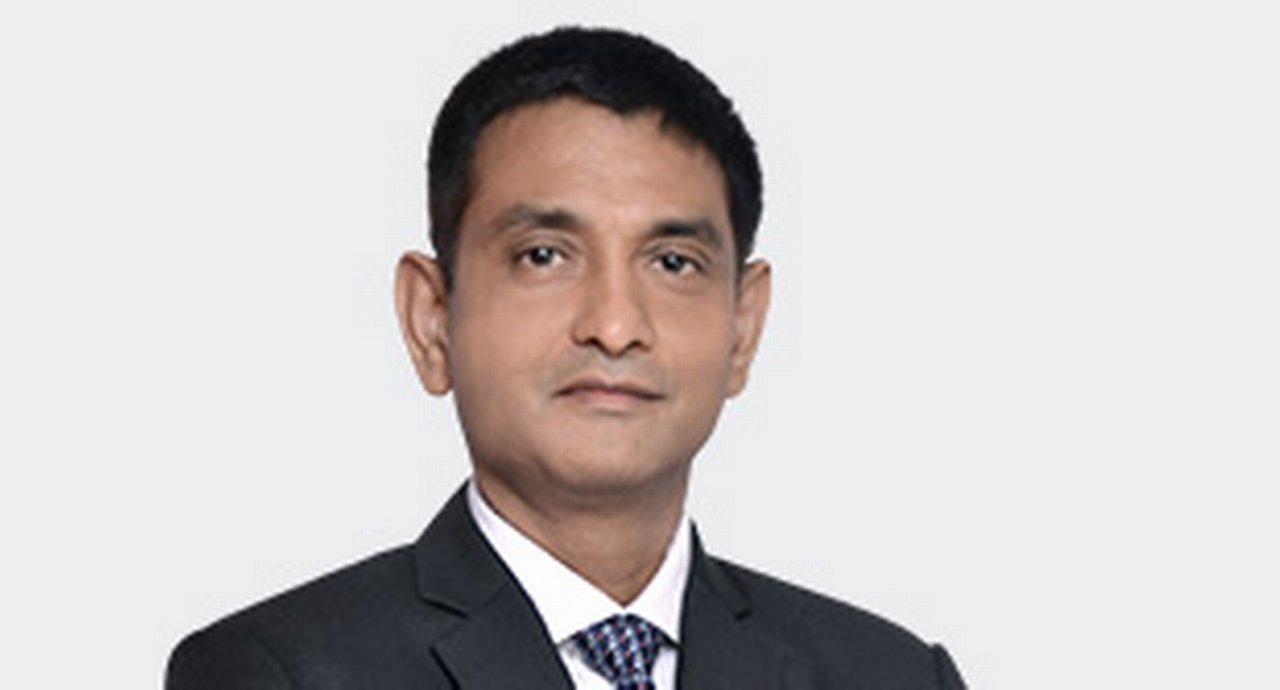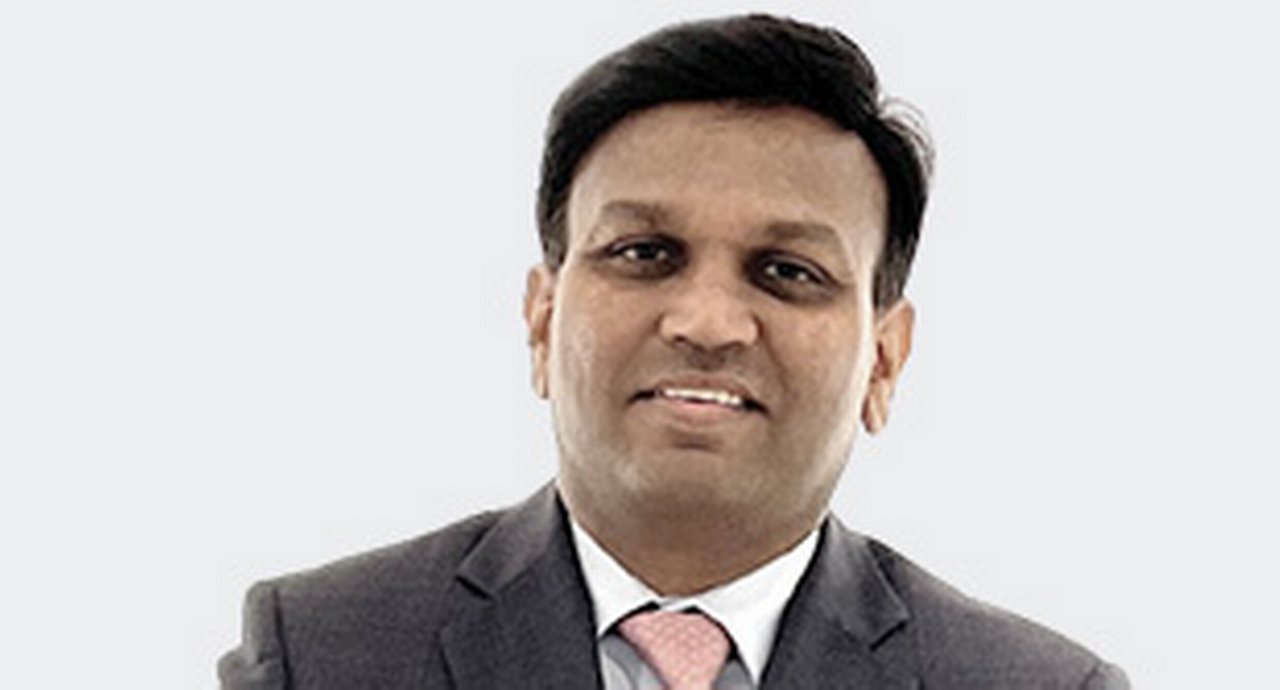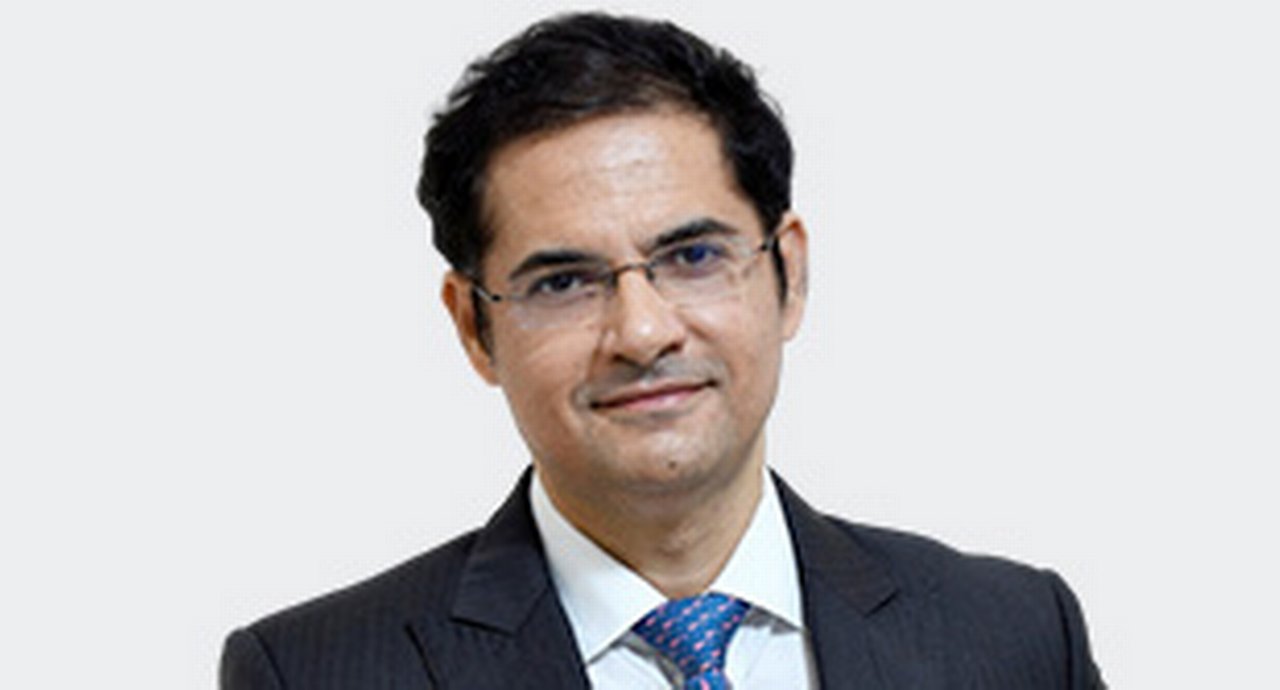15 May 2022
India is cementing its position as a titan economy of the 21st century. flow looks at the significant investment inflows, which are driven by the country’s sound fundamentals, its ability to weather geopolitical shocks better than most other economies, and reflects on the far-sighted innovations by governments, corporates and fintechs that are driving its digital economy forwards
MINUTES min read
2022 marks the 21st anniversary of the IMF’s 1991 loan to India which, accompanied by its then-fashionable ‘structural adjustment’ conditionality, augured the end of ‘Licence Raj’ – the myriad regulations that had hampered businesses since India’s independence 44 years earlier. But the flourishing economy of India in 2022 also represents something of a coming-of-age. The 1991 pivot to a more open economy after years of hard work and enterprising businesses have seen India more than make-up for ‘lost time’, countering historic criticisms of unfulfilled potential.
Economic recovery and resilience
Despite the Russia-Ukraine conflict, the aggressive rate hike cycle from the US Federal Reserve and China’s growth slowdown, real GDP growth of 7% to 7.5% for India this year is still forecast by Deutsche Bank Research, which its India Chief Economist Kaushik Das considers to be “a decent under the circumstances”.1
He adds that the country’s direct risks from the Russia-Ukraine conflict are limited, with Indian exports to Russia being less than 1% of its total, while imports are about 1.5% of total. However, the indirect impact, mainly through the channel of higher global oil and gas prices is much deeper. “The bigger priority now is to reduce inflation, so that the ongoing growth recovery can be sustained on a durable basis; after all, there is no trade-off between growth and inflation in the medium term,” explains Das. The large FX reserves buffer (close to US$598bn FX reserves outstanding as at 6 May 20222) will, in his view, help mitigate the adverse impact of global spillovers to an extent – but not entirely. Das welcomes The Reserve Bank of India’s inter-meeting repo rate hike of 40bps along with a CRR hike of 50bps on 4 May as it accords “higher priority to fighting inflation and inflation expectations, without which the repercussion for medium-term growth prospect would probably be dimmer”.3
Tailor-made for investors
"From a macroeconomic perspective, India is in a nice position"
Since its opening up in 1991, India has enjoyed three decades of sustained foreign direct investment inflows: indeed, since 2002 there have only been four years of recorded negative FDI flows. This trend looks set to continue in the wake of the government’s Union Budget presented on 1 February 20224. According to Sriram Krishnan, Head of Securities Services for India and Sub-Continent at Deutsche Bank India, this latest package was widely hailed as a “growth-supportive budget that sought to take the country to the next level”, and one that was almost “tailor-made for fixed income investors, given its huge focus on infrastructure, its goal of taming inflation, and setting an acceptable fiscal deficit target of 6.4% of GDP”. He notes that, “from a macroeconomic perspective, India is in a nice position”, with burgeoning forex reserves – a far cry from its 1991 nadir.
While global events and spikes in energy prices since the Union Budget may cause some slight adjustment to the figures, investors remain confident that India can navigate the turbulence and continue its economic recovery, as it did with the Covid-19 pandemic. However, a -23.9% GDP slump in the quarter April-June 2020 proved a brief stumble with Prime Minister Narenda Modi’s 2019 vision of a US$5trn economy by the end of 2025 potentially staring at a four-year delay. “India may not become a US$5trn economy before FY29, IMF data shows”, declared the country’s business newspaper, the Economic Times on 4 May following the International Monetary Fund World Economic Outlook report that cut the FY23 GDP grown from an earlier 9% to 8.2%.5
Despite these headwinds there are five very positive underlying trends, reflects Krishnan together with Anand Jha Head of Trade Finance and Lending India for Deutsche Bank India. The first three relate to financial market infrastructures and capital flows and the remaining two have an impact on trade flows.
Strong fundamentals
1. The government’s disinvestment and asset monetisation strategy. The primary prong of this is what Krishnan refers to as “India’s Margaret Thatcher moment”, drawing a parallel between the Indian government’s desire to withdraw from specific areas of economic activity in order to make space for the private sector and the UK’s in the Eighties. The secondary prong is the concomitant opportunities for private sector expertise, IPOs and FDI that such liberalisation provides. Examples of these include Air India’s (re-)acquisition by the Tata family; and the Life Insurance Corp’s IPO that closed on 9 May.
2. India’s ‘demographic dividend’. While many emerging markets have benefited from rural-to-urban population shifts and spending boosts from a growing middle class, India has an added advantage with a median age of only 28.4 years, far below that of China, such that the “discretionary spend of India’s working-age population is at a tipping point”, says Krishnan.
3. Financial inclusion and the ‘financialisation’ of savings. Goods and sales tax reform has brought more transactions into the formal economy which, added to the growing wealth of an expanding middle class, means many more people will bring their savings into the financial and banking systems6. Krishnan points out that this influx will facilitate stronger credit growth, with more of the population being able to borrow in order to establish and grow their businesses.
But this trend means other opportunities abound in the insurance and mutual funds sectors. One sign that this new money is being put to new uses is reflected in the recent surge of retail investors, with 190 million active dematerialised or ‘demat’ accounts being opened in the first nine months of 2021 alone7. Moreover, this new breed of investors has a growing appetite for selecting new asset classes, moving beyond the traditional gold and fixed deposits into more sophisticated products, including non-Indian assets – for example large pharmaceutical stocks in the US. Further examples of such specialised offerings, which build upon India’s long heritage in commodities markets, include silver exchange traded funds (ETFs), with ETFs for base metals and agricultural commodities also being planned. Such has been their rise in attracting retail investor capital that Jha considers commodities “could give more traditional asset classes like equities or bonds a run for their money”.
4. Increased appetite for commodities. There has been a recent upswing in oil prices, in addition to those for raw materials such as aluminum, copper and steel, notes Jha. This in turn increases the working capital requirements for Indian businesses, and the demands8 they place upon their banks. Regulatory caps – limiting the disbursements that an Indian bank can make to any single borrower – are being reached, especially for many of the larger Indian corporates. This is therefore a busy time for many treasury departments in large Indian-based corporates, as options are explored, such as raising funds overseas both through capital markets and in the form of equity specifically. The country’s strong post-Covid rebound has seen many production plants running near capacity, causing many Indian corporates to devise ambitious capital expenditure plans which, Jha believes, will have the benefit of trickling down to those MSMEs able to help meet production demands. Squeezes from commodity price rises and production capacity constraints are consequently behind the fourth trend driving India’s growth – namely the expansion of working capital and production capacity.
5. Digitalisation. The flow article ‘India’s five trillion-dollar challenge’ (June 2020 9 ) explored India’s leaps forward in digitalising trade, boosted by initiatives such as the new Port Community System, and the Export- and Internal Data Processing and Monitoring Systems (EDPMS) launched by the Reserve Bank of India in March 2014. Jha points out that the advice from the central bank to banks is to “just connect your engine to these two platforms and take whatever information is available there”. He reflects, “We are really gravitating towards a document-less export and import system which is quite a change from what used to see a few years ago”, despite the current backlog the banks are ploughing through.
"India, in terms of the digital payments landscape, is ahead of any other country globally"
India’s digitalisation journey so far
Many governments are investing heavily to build ‘digital public highways’, which corporates can then leverage. Such initiatives include unique identification provided to – and bank accounts opened for – each citizen. India’s government is aided in its efforts by the fact that the country’s mobile telephone penetration actually exceeds 100%, and smartphone penetration constitutes 50–60% of this total. These factors have combined to transform India’s payment systems, now operating 24/7 and quantum leaps being made in the development of ‘contextual banking’ (or ‘in app purchases’). These are payment options for consumers already using ‘freemium’ online services, with basic free and pay-for ad-free options such as Spotify10. As Rajesh Thakur, Co-Head of Transaction Bank & Head of New Economy Coverage for India and Asean, points out, “India, in terms of the digital payments landscape, is ahead of any other country globally”.
A key focus is the consumer experience, given that digitalisation and smartphone penetration enable corporates to engage directly with their customers. For example, Deutsche Bank India recently worked with Bosch to develop a QR code-based and API-linked real-time incentive system for those Indian consumers purchasing their goods11.
But the digitalisation process is neither a panacea nor a quick fix for corporates. A huge amount of work coupled with significant expertise is needed for ensuring that existing systems architecture can be developed to the point where it can cope with an increased frequency and volume of transactions and the decreased transaction size. “Transactions happen 24/7 and systems have not been designed for this,” says Thakur.
Another key focus for foreign multinationals operating in India is the digitalisation of their treasury function which, coupled with the automation of their basic banking activities enables them to optimise their cash forecasting, liquidity and FX exposure, and frees up more time to focus upon key strategic areas. An example cited by Thakur is the digitalisation of Merck’s treasury function in India12.

The Gujarat International Financial Tec-City (GIFT City) is an ambitious response to the call for an offshore centre for India-focused business. A four-phase construction development, which to begin with will be similar to the Dubai International Financial Centre, GIFT City already houses global businesses and 12,000 professionals. Leading companies have established – or committed to establishing – branches in the new centre. Deutsche Bank will have trade finance and FX operations teams based there, initially to support clients with their FX hedging needs. But GIFT City will become far more than just a financial centre, and commitments from global cultural, educational, and technology providers will transform this greenfield smart city, linked to the city of Ahmedabad in north-west India, into an international hub
Shri Sudhir Mankad, Chairman, GIFT City, presenting key of GIFT City to the Prime Minister, Shri Narendra Modi, at the inauguration ceremony of the India International Exchange in GIFT City, Gandhinagar, Gujarat on January 09, 2017. The Minister of State for Finance and Corporate Affairs, Shri Arjun Ram Meghwal is also seen
Image source: Press Information Bureau on behalf of Prime Minister's Office, Government of India under the ID 96717 and CNR 92344
It is not only existing corporates that are keen to seize the opportunities presented by digitalisation. True to India’s entrepreneurial culture, many start-ups are being created to develop offerings in areas such as banking and financial services, but also edtech, online fashion and beauty, and green ventures focused on electric batteries and vehicles, and battery swapping. Many of these start-ups are platforms, creating marketplaces in the growing e-commerce space. That these have been fruitful endeavours, created and grown by India’s highly educated and entrepreneurial workforce, is evidenced by the fact that after the US and China, India has more unicorns (private companies with valuations of more than US$1bn) than any other country globally.
Disruptive and radical as their solutions are, and as quickly as they can be built out, that does not translate to customer trust, and fintech start-ups necessarily rely on partnering with trusted banks. This is where the quality of collaboration between a bank and its fintech partners and clients can really enhance each part of the value chain. End-user questions about – and uptake of – the fintech’s solution invariably rest upon the trust they place in their chosen bank, which consumers rely upon for three vital factors. These are, adds Thakur:
- Due diligence of the fintech itself;
- Navigating compliance with India’s rigorous data laws (i.e. its regulators have a data localisation programme, meaning all data is stored locally in India); and
- For regulatory oversight and ensuring compliance guidelines are met.
Global international centre
Thanks to its economic resilience, attractive fundamentals and a blossoming international finance and business centre, India is not only tackling the recent Black Swan events with more aplomb than most but identifying the opportunities they present.
Sources
1 India Economics Weekly: Special report: India macro update after RBI’s hawkish pivot by Kaushik Das, Deutsche Bank Research (27 April 2022)
2 See https://bit.ly/39rqwj5 at rbi.org.in
3 See India Economics Weekly: RBI front-loads, Deutsche Bank Research (4 May)
4 See https://bit.ly/3sCEbdQ at pib.gov.in
5 See https://bit.ly/3ljMEi0 at economictimes.indiatimes.com
6 For further analysis of India’s reform of its Goods and Sales Tax, please see our analysis here and here.
7 The Securities and Exchange Board of India requires any investor wishing to trade in Indian securities (bonds, equities, ETFs, or mutual funds) to open a ‘dematerialised account’, which is an electronic record that tracks an investor’s ownership of such tradable assets.
8 Micro, Small and Medium Enterprises: for the Indian Government’s definition of these please see here and here.
9 See here at flow.db.com
10 See the flow article ‘Creative sounds’ for more on the Spotify business model
11 See the flow article ‘Leveraging instant payments and APIs in APAC’
12 See the flow article, ‘Boosting treasury in India’

Kaushik Das
India Chief Economist, Deutsche Bank Research

Anand Jha
Head of Trade Finance and Lending India for Deutsche Bank India

Sriram Krishnan
Head of Securities Services for India and Sub-Continent at Deutsche Bank India

Rajesh Thakur
Co-Head of Transaction Bank & Head of New Economy Coverage for India and Asean
Corporate Bank solutions Explore more
Find out more about our Corporate Bank solutions
solutions
Stay up-to-date with
Sign-up flow newsbites
Choose your preferred banking topics and we will send you updated emails based on your selection
Sign-up Sign-upSubscribe Subscribe to our magazine
flow magazine is published annually and can be read online and delivered to your door in print
You might be interested in
MACRO AND MARKETS {icon-book}
The five trillion dollar challenge The five trillion dollar challenge
As India grapples with Covid-19, how ready will the country be to achieve its potential once the pandemic is over? Clarissa Dann reviews its post-independence growth and measures taken to improve the ease of doing business
Cash management, flow case studies
Boosting treasury in India Boosting treasury in India
German vibrant science and technology company Merck has turned its treasury business in India inside out. Jörg Bermüller tells flow’s Desirée Buchholz how his team reduced FX risks, optimised liquidity and streamlined processes in an award-winning project with Deutsche Bank
CASH MANAGEMENT, TECHNOLOGY
Leveraging instant payments and APIs in APAC Leveraging instant payments and APIs in APAC
Driven by local governments’ desire to promote digital economies and financial inclusion, real-time payments are accelerating in APAC. In an Economist Impact webinar supported by Deutsche Bank, two corporate treasurers shared why instant payments and APIs are vital supply chain connectors. flow reports



